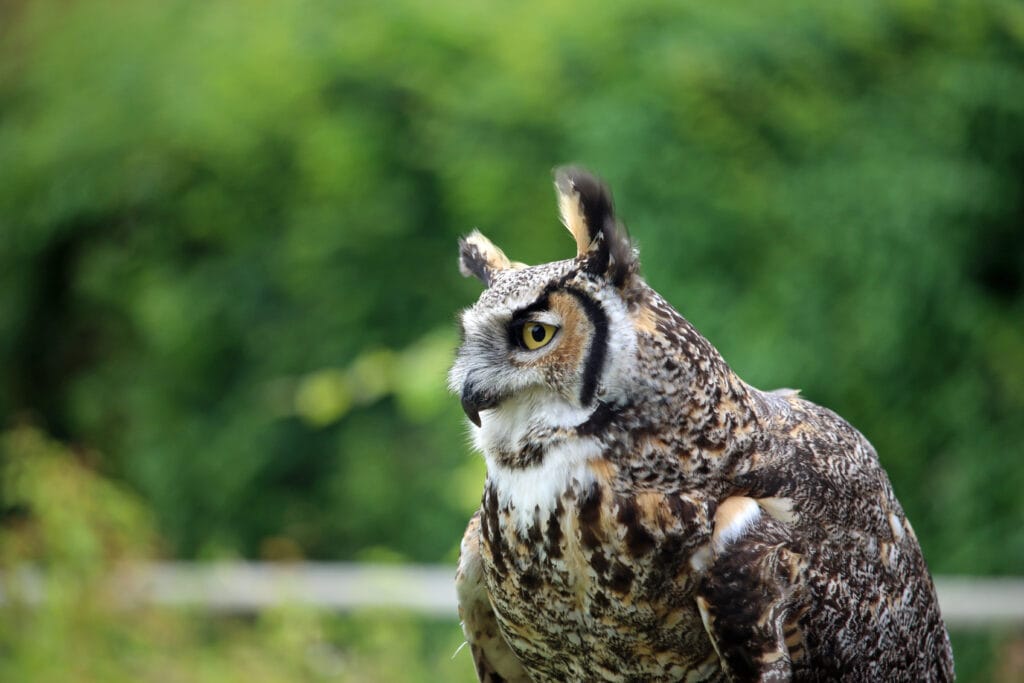Have you ever wondered why the DDT crisis was so harmful for birds of prey specifically? Dichloro-diphenyl-trichloroethane, or “DDT,” is a synthetic pesticide that gained popularity in the 1940s. Over the course of the ensuring decades, widespread usage of DDT led to its presence in environments that are still impacted by it, despite it being banned over fifty years ago. One of the most potent consequences of widespread DDT usage was the sharp decline in population experienced by a number of raptor species. Large birds of prey experienced eggshell thinning that made producing and rearing successful offspring extremely difficult. Why did raptors bear the brunt of this phenomenon? The answer lies in a concept known as “biomagnification.”
Related Article: Parrots Make Virtual Friends to Combat Loneliness
Biomagnification is a mechanism wherein larger predator animals are sharply affected by the accumulation of toxins within animals that lie below them on the food chain. In the case of DDT, small amounts of the chemical within the bodies of prey items spelled disaster for large predators because the chemical did not break down or reduce over time. With each DDT-affected prey item, the concentration of the chemical and its effects could only increase in the bodies of the birds of prey that ate them. This concept is a really important one when it comes to understanding the delicate balances at play in every ecosystem and the importance of conscientious and responsible pest management practices.
This exact issue is the reason why the city of St. Petersburg in Florida is reevaluating its relationship with rodent poisons. In 2022, four Great Horned Owls were found dead in a park in nearby Safety Harbor, Florida. The birds were tested and found to have rat poison in their systems. Like DDT, rodent poison can and does pass along to the predators that consume poisoned rodents. This mechanism has a huge affect on birds of prey, many of which live in urban and suburban environments and rely on rodents as their primary food source, but birds are not the only animals affected. Dogs and cats are regularly harmed or killed by exposure to these poisons.
St. Petersburg is addressing this issue by rolling out new pest management practices. Not all poisons are created equally, although there is no such thing as a truly “safe” rat poison. In the case of St. Petersburg, though, the city intends to make the switch from a generally more harmful poison product to one that is considered to be more “eco-friendly.”
For the owls of Saint Petersburg and the surrounding areas, this change is extremely necessary. Most rodent poisons are anticoagulants which work by causing the rodent to hemorrhage internally. This is the very same fate which is suffered by the birds of prey which ingest these poisons as they “biomagnify” up the food chain.
Popular Article: Microplastic Pollution is Affecting the Gut Health of Sea Birds

